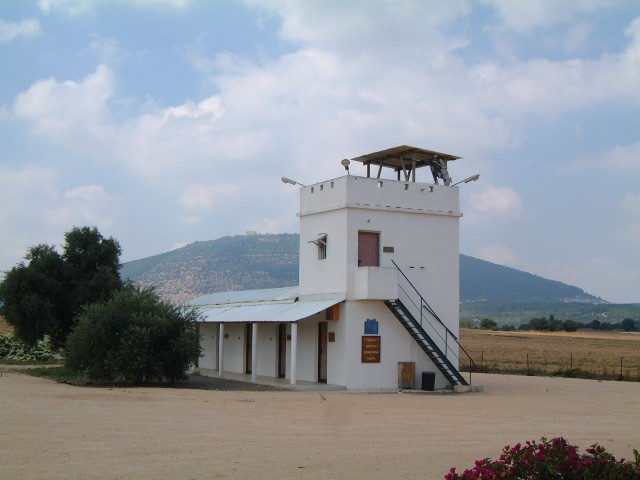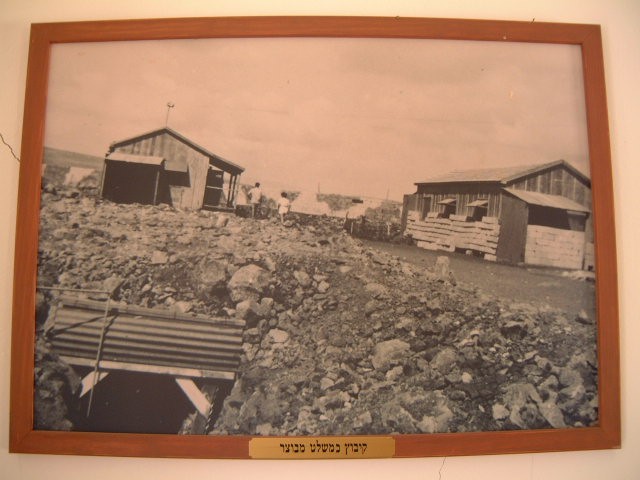Beit Keshet
The first settlement founded by Palmach members in August of 1944.
The first settlement founded by Palmach members was located in the northern region, in Tiberias province in lower eastern Galilee, about three kilometers to the north-west of Kefar Tavor.
The first settlement founded by Palmach members was located in the northern region, in Tiberias province in lower eastern Galilee, about three kilometers to the north-west of Kefar Tavor.
The first 35 settlers arrived on the site on the 15th of August 1944 (6 of Elul Tasha), on land purchased by PICA company (Palestine Jewish Colonization Association) using funds donated by Baron Rothschild. The group was a combination of the Lachoren group from the Kadoori Agricultural school, and several groups from recruited Hachsharot of Mahanot Olim and Hanoar Haoved.
The settlers named it Beit Keshet (Bow House), because the bow symbolizes the defense of Israel, as referenced in Samuel 2, chapter 1, verse 18: "To teach the sons of Judah the bow. Behold, it is written in the book of Jashar".
During the War of Independence, Beit Keshet served as an important base for the youth of the Palmach, where they worked and underwent weapons training. During the battles, the settlement was attacked by Arabs who were entrenched in Tavor mountain. In one of the battles (on the 16th of March 1948), seven of its members were killed.
The settlement, with some of its first residents, became one of the first kibbutzim belonging to the United Kibbutz movement.
The settlers named it Beit Keshet (Bow House), because the bow symbolizes the defense of Israel, as referenced in Samuel 2, chapter 1, verse 18: "To teach the sons of Judah the bow. Behold, it is written in the book of Jashar".
During the War of Independence, Beit Keshet served as an important base for the youth of the Palmach, where they worked and underwent weapons training. During the battles, the settlement was attacked by Arabs who were entrenched in Tavor mountain. In one of the battles (on the 16th of March 1948), seven of its members were killed.
The settlement, with some of its first residents, became one of the first kibbutzim belonging to the United Kibbutz movement.








